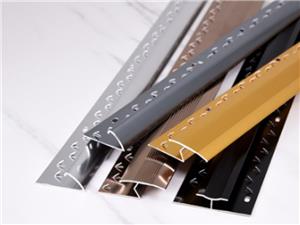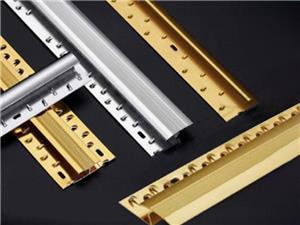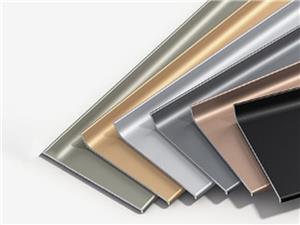What is the aluminum alloy?
An aluminum alloy is a blend of two or more elements, where aluminum is the main component. The other elements are added to improve the properties of aluminum, such as its strength, durability, corrosion resistance, or machinability.
Some of the most common alloying elements for aluminum include copper, magnesium, manganese, silicon, and zinc. The specific alloying elements and their percentages will vary depending on the desired properties of the alloy.
Here are some examples of common aluminum alloys:
* **6061 aluminum alloy:** This is a precipitation-hardened alloy that is commonly used in aerospace, automotive, and construction applications. It has good strength, ductility, and corrosion resistance.
* **7075 aluminum alloy:** This is a high-strength alloy that is often used in aircraft and other applications where high strength-to-weight ratio is important. It is also used in sporting goods and other applications where high strength is required.
* **3003 aluminum alloy:** This is a non-heat-treatable alloy that is commonly used in food and beverage packaging, chemical processing equipment, and other applications where good corrosion resistance and formability are required.
* **5052 aluminum alloy:** This is a non-heat-treatable alloy that is commonly used in architectural applications, such as siding and roofing. It is also used in marine applications due to its good corrosion resistance.
Aluminum alloys are used in a wide variety of applications, including:
* Aerospace
* Automotive
* Construction
* Food and beverage packaging
* Chemical processing equipment
* Marine applications
* Sporting goods
* Consumer electronics
* Electrical equipment
Aluminum alloys are popular because they offer a number of advantages, including:
* High strength-to-weight ratio
* Good corrosion resistance
* Good machinability
* Formability
* Recyclability
Aluminum alloys are a versatile and important class of materials that are used in a wide variety of applications.




